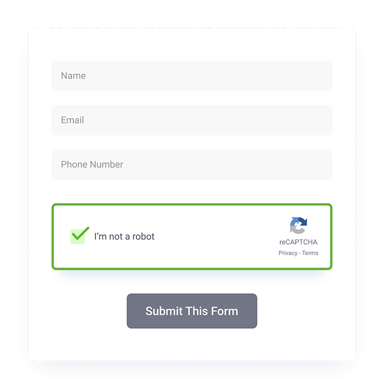Adapting Your Pest Control Sales to Seasonal Campaigns
The Right Campaign for Your Products
Your pest control products are highly targeted for your service footprint and the time of year. For example, if you primarily service in the southern states, your product offering likely includes a year-round preventative treatment plan for mosquitoes and termites. However, other than preventative plans, a successful pest control company will also offer reactive treatments for seasonal pests such as rodents, roaches, or bed bugs in the winter months. These types of nuances require that your sales team has access to a flexible lead management solution.
Empowering your sales team with the ability to pivot across campaigns and products seamlessly is critical to help ensure a highly targeted pitch for your leads.
So how do we get there?
Listen, Segment, and Prioritize
No matter how you get your leads, be it primarily through inbound calls or web forms, your leads are asking for help. Capturing relevant information such as pest type, property information, and severity can help you build targeted campaigns. For example, you can build campaign strategies to target mosquitos with a year-round treatment plan. At the same time, your service footprint may be in armyworm season, and you need to be able to provide one-time treatments. Lead segmentation helps you by allowing you the opportunity to refine your sales process.
See Also: An Outbound Call Center is Critical for Your Pest Control Company
By segmenting your leads, you can generate sales scripts that target a specific pest type or product type. Furthermore, segmentation allows you the flexibility to adjust your contact strategy across your product types. Regardless of how you choose to segment, the last opportunity this affords you is that of prioritization.
Prioritizing your leads is critical to facilitating the concept of speed-to-lead. Organizing your sales team based on your inbound channels is crucial. However, that isn’t the whole story. Consider the difference between a customer and a new lead. A new lead generated from your web forms should initiate a contact attempt within a minute of form submission. Your contact strategy should be aggressive over the first few days and eventually fall off to drip campaigns via email.
However, for leads you have converted to customers, you will want a less aggressive strategy and not risk over-contacting and losing a customer. There is a clear segmentation here, but how does prioritization fit into the equation?
See Also: Outbound KPI's that Make or Break Pest Control Lead Gen Campaigns
Simply put, you want to ensure that your sales team prioritizes your new leads but always has a buffer of existing customers for cross-selling opportunities. In the past, this process of segmentation and prioritization would be tasked to individual salespeople. But today, with the right tools, you can automate this process to keep your sales team focused on selling.


